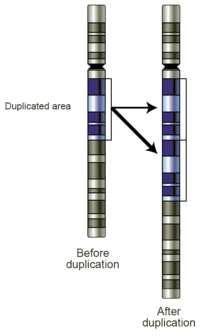Latest News for: gene duplication
Edit
Evolution: features that help finding a mate may lead to smaller brains
The Conversation 19 Mar 2025
We analysed groups of related genes called gene families across 124 mammalian species ... Additionally, genomic features, such as the duplication of genes, can help the evolution of sex-specific traits, helping to alleviate conflicts between the sexes.
Edit
NYT Mini Crossword Answers Today March 12, 2025 – Hints & Clues
Hindustan Times 12 Mar 2025
Looking for the easy way out while playing your favourite word game from the New York Times? You've come to the right place ... Also read . NYT Connections Today ... 1A ... 4A ... 6A ... 7A ... Duplicates ... What's common between Gene Wilder / Johnny Depp / Timothee Chalamet.
- 1


